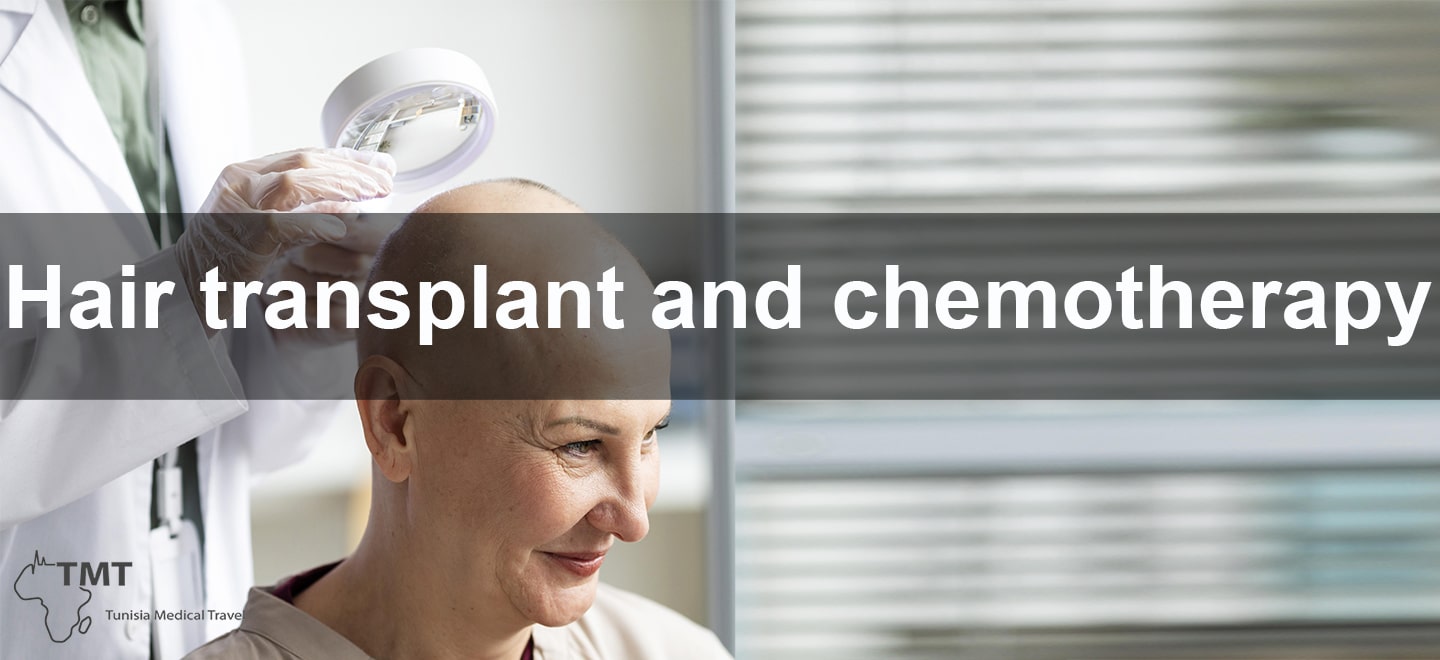Hair transplant and chemotherapy
Hair transplant and chemotherapy
Recovering from a hair transplant procedure
Recovering from a hair transplant procedure can vary depending on the type of procedure, the number of grafts transplanted, and the individual patient. Generally, patients can expect the following during their recovery:
- Swelling and redness: The treated area may be swollen and red for a few days after the procedure. This is normal and should subside within a week.
- Crusts and scabs: Crusts and scabs may form on the treated area, which is also normal. It is important to avoid picking at them, as this can cause bleeding and scarring.
- Pain and discomfort: Some patients may experience pain and discomfort in the treated area. Pain medication can be prescribed by the surgeon to alleviate the pain.
- Rest and limited physical activity: It is important to get plenty of rest and avoid strenuous physical activity for the first week after the procedure. The surgeon will give detailed instructions on what activities should be avoided.
- Hair loss: The transplanted hair will fall out within 2-3 weeks after the procedure, but it will regrow within several months.
- Follow-up appointments: It is important to attend all scheduled follow-up appointments with the surgeon to ensure that the healing process is progressing as expected.
- Avoiding sun exposure and certain hair treatments: The surgeon will give detailed instructions on how to care for the treated area and what to avoid such as exposing it to the sun and certain hair treatments.
- Be patient: It can take several months for the transplanted hair to grow.
It is important to follow the surgeon’s instructions closely and to let them know if there are any issues or concerns during the recovery process.
Hair transplant and chemotherapy
Chemotherapy is a type of cancer treatment that uses drugs to kill cancer cells. One of the most well-known side effects of chemotherapy is hair loss, which can occur anywhere on the body, including the scalp.
Hair transplantation can be done after chemotherapy, but the timing of the procedure can vary depending on the individual case. It is typically recommended to wait for at least 6 months after the completion of chemotherapy before undergoing a hair transplant. This is because the hair follicles can be damaged by chemotherapy and may not be able to regrow.
During this time, the hair follicles will recover, and the patient’s hair will start to grow back. This will give a better idea of how the hair is going to grow after the chemotherapy and the surgeon will be able to determine the number of grafts needed.
It is also important to note that hair transplantation may not be suitable for all patients who have undergone chemotherapy. The surgeon will evaluate the patient’s medical history, including the type and stage of cancer, as well as the patient’s overall health, to determine if hair transplantation is safe and appropriate.
It is important to consult with a qualified hair transplant surgeon who has experience working with patients who have undergone chemotherapy and to discuss the potential risks and benefits of the procedure.
What interventions can I combine with hair transplantation
Hair transplantation can be combined with other interventions to improve the overall results and to address specific concerns. Some of the interventions that can be combined with hair transplantation include:
- Scalp micropigmentation: This is a cosmetic tattooing technique that can create the appearance of a fuller head of hair by adding pigment to the scalp.
- Platelet-rich plasma (PRP) therapy: This is a non-surgical treatment that uses the patient’s own blood plasma to promote hair growth.
- Topical and oral medications: Minoxidil and finasteride are medications that can be used to help prevent hair loss and promote hair growth.
- Laser therapy: Low-level laser therapy (LLLT) can help to stimulate hair growth and improve the overall health of the hair.
- Scalp microneedling: This is a non-surgical treatment that uses fine needles to create tiny punctures in the scalp. This can help to stimulate hair growth and improve the overall health of the hair.
It is important to note that the effectiveness of these interventions can vary depending on the individual case, and not all interventions may be suitable for every patient. It is important to consult with a qualified hair transplant surgeon to determine which interventions may be appropriate for your individual case and to discuss the potential risks and benefits of the procedure.

